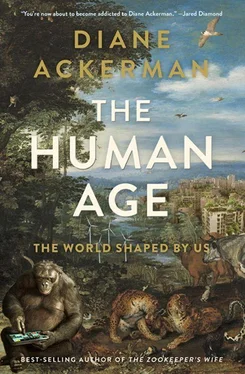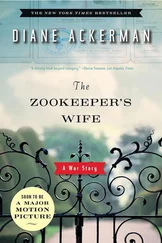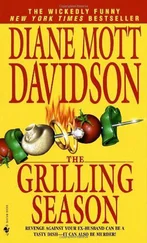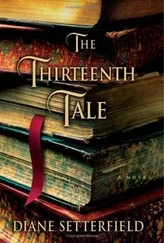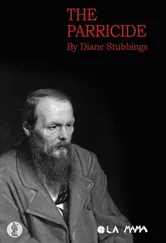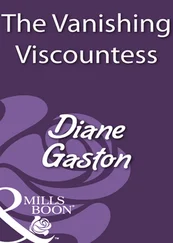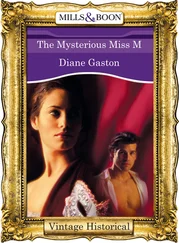One more planet to survey, and then it’s on to the next port of call.
On a small water planet flocked over by clouds, sequins sparkle everywhere. Racing toward it with abandon, we give in to its pull, and orbit in step with nightfall shadowing the world, transfixed by the embroidery of gold and white lights—from clusters and ribbons to willful circles and grids. Crafted lights, not natural auroras or lightning, but designed , and too many, too regular, too rare to ignore.
IN 2003, ABOARD the Space Station, Don Pettit felt his heart pinwheel whenever he viewed Earth’s cities at night. If only everyone could see Earth like this , he thought, they’d marvel at how far we’ve come, and they’d understand what we share . A born tinkerer, he used spare parts he found in the Space Station to photograph the spinning planet with pristine clarity, as if it were sitting still. When he returned home he stitched the photographs together into a video montage, an orbital tour of Earth’s cities at night, which he posted on YouTube. His voice-over identifies each glowing spiderweb as we sail toward it with him, as if we too were peering out of a Space Station window: “Zurich, Switzerland; Milan, Italy; Madrid, Spain.
“Cities at night are caught in a triangle,” he says with awe tugging at his voice, “between culture, geography, and technology.… Cities in Europe display a characteristic network of roads that radiate outwards.… London, with a tour down the English coast to Bristol. Cairo, Egypt, with the Nile River seen as a dark shape running south to north, the Pyramids of Giza are well lit at night… Tel Aviv on the left, Jerusalem on the right…”
Glowing gold, green, and yellow, the Middle Eastern cities seem especially lustrous. He points out India’s hallmark—village lights dotted over the countryside, softly glowing as through a veil. Then we fly above Manila, where geometrical lights define the waterfront. The dragon-shaped lights of Hong Kong flutter under us, and the southeast tip of South Korea. In the welling darkness of the Korea Strait, a band of dazzling white grains is a fleet of fishing boats shining high-intensity xenon lamps as lures.
“There’s Tokyo, Brisbane, the San Francisco Bay, Houston,” Pettit notes.
We don’t intend our cities to be so beautiful from space. They’re humanity’s electric fingerprints on the planet, the chrome-yellow energy that flows through city veins. Dwarfed by the infinite dome of space with its majestic coliseum of stars, we’ve created our own constellations on the ground and named them after our triumphs, enterprises, myths, and leaders. Copenhagen (“Merchants Harbor”), Amsterdam (“A Dam on the Amstel River”), Ottawa (“Traders”), Bogotá (“Planted Fields”), Cotonou (“Mouth of the River of Death”), Canberra (“Meeting Place”), Fleissenberg (“Castle of Diligence”), Ouagadougou (“Where People Get Honor and Respect”), Athens (City of Athena, Greek goddess of wisdom). We play out our lives amid a festival of lights. The story the lights tell would be unmistakable to any space traveler: some bold life form has crisscrossed the planet with an exuberance of cities, favoring settlements along the coast and beside flowing water, and connecting them all with a labyrinth of brilliantly lit roads, so that even without a map the outlines of the continents loom and you can spot the meandering rivers.
The silent message of this spectacle is timely, strange, and wonderful. We’ve tattooed the planet with our doings. Our handiwork is visible everywhere, which NASA has captured with graphic poignancy in “Black Marble,” its December 7, 2012, portrait of Earth ablaze at night. A companion to the famous “Blue Marble” photograph of Earth that appeared forty years ago, this radical new self-portrait promises to awaken and inspire us just as mightily.
On December 7, 1972, the crew of Apollo 17 , the last manned lunar mission, shot the “Blue Marble” photograph of the whole Earth floating against the black velvet of space. Africa and Europe were eye-catching under swirling white clouds, but the predominant color was blue. This was the one picture from the Apollo missions that dramatically expanded our way of thinking. It showed us how small the planet is in the vast sprawl of space, how entwined and spontaneous its habitats are. Despite all the wars and hostilities, when viewed from space Earth had no national borders, no military zones, no visible fences. One could see how storm systems swirling above the Amazon might affect the grain yield half a planet away in China. An Indian Ocean hurricane, swirling at the top of the photo, had pummeled India with whirlwinds and floods only two days before. Because it was nearly winter solstice, the white lantern of Antarctica glowed. The entire atmosphere of the planet—all the air we breathe, the sky we fly through, even the ozone layer—was visible as the thinnest rind.
Released during a time of growing environmental concern, it became an emblem of global consciousness, the most widely distributed photo in human history. It gave us an image to float in the lagoon of the mind’s eye. It helped us embrace something too immense to focus on as a single intricately known and intricately unknown organism. Now we could see Earth in one eye-gulp, the way we gaze on a loved one. We could paste the image into our Homo sapiens family album. Here was a view of every friend, every loved one and acquaintance, every path ever traveled, all together in one place. No wonder it adorned so many college dorm rooms. As the ultimate group portrait, it helped us understand our global kinship and cosmic address. It proclaimed our shared destiny.
NASA’s new image of city lights, a panorama of the continents emblazoned with pulsating beacons, startles and transforms our gaze once again. Ours is the only planet in our solar system that glitters at night. Earth is 4.5 billion years old, and for eons the nighttime planet was dark. In a little over two hundred years we’ve wired up the world and turned on the lights, as if we signed the planet in luminous ink. In another forty years our scrawl won’t look the same. There are so many of us who find urban life magnetic that our cities no longer simply sprawl—they’ve begun to grow exponentially. Millions of us pack up, leave jobs and neighbors behind, and migrate to the city every year, joining nearly two-thirds of all the people on Earth. In the future, more and more clusters will appear, with even wider lattices and curtains of lights connecting them. Many display our curious tastes and habits. A harlequin thread drawn from Moscow to Vladivostok and dipping into China is the Trans-Siberian Railway. A golden streak through a profound darkness, the Nile River pours between the Aswan Dam and the Mediterranean Sea. A trellis connecting bright dots is the U.S. interstate highway system. The whole continent of Antarctica is still invisible at night. The vast deserts of Mongolia, Africa, Arabia, Australia, and the United States look almost as dark. So, too, teeming jungles in Africa and South America, the colossal arc of the Himalayas, and the rich northern forests of Canada and Russia. But shopping centers and seaports sizzle with light, as if they’re frying electrons. The single brightest spot on the entire planet isn’t Jerusalem or the Pyramids of Giza, though those do sparkle, but a more secular temple of neon, the Las Vegas Strip.
Newer settlements in the American West tend to be boxy, with streets that bolt north-south and east-west, before trickling into darkness at the fringes of town. In big cities like Tokyo, the crooked, meandering lines of the oldest neighborhoods glow mantis-green from mercury vapor streetlights, while the newer streets wrapped around them shine orange from modern sodium vapor lamps.
Читать дальше
